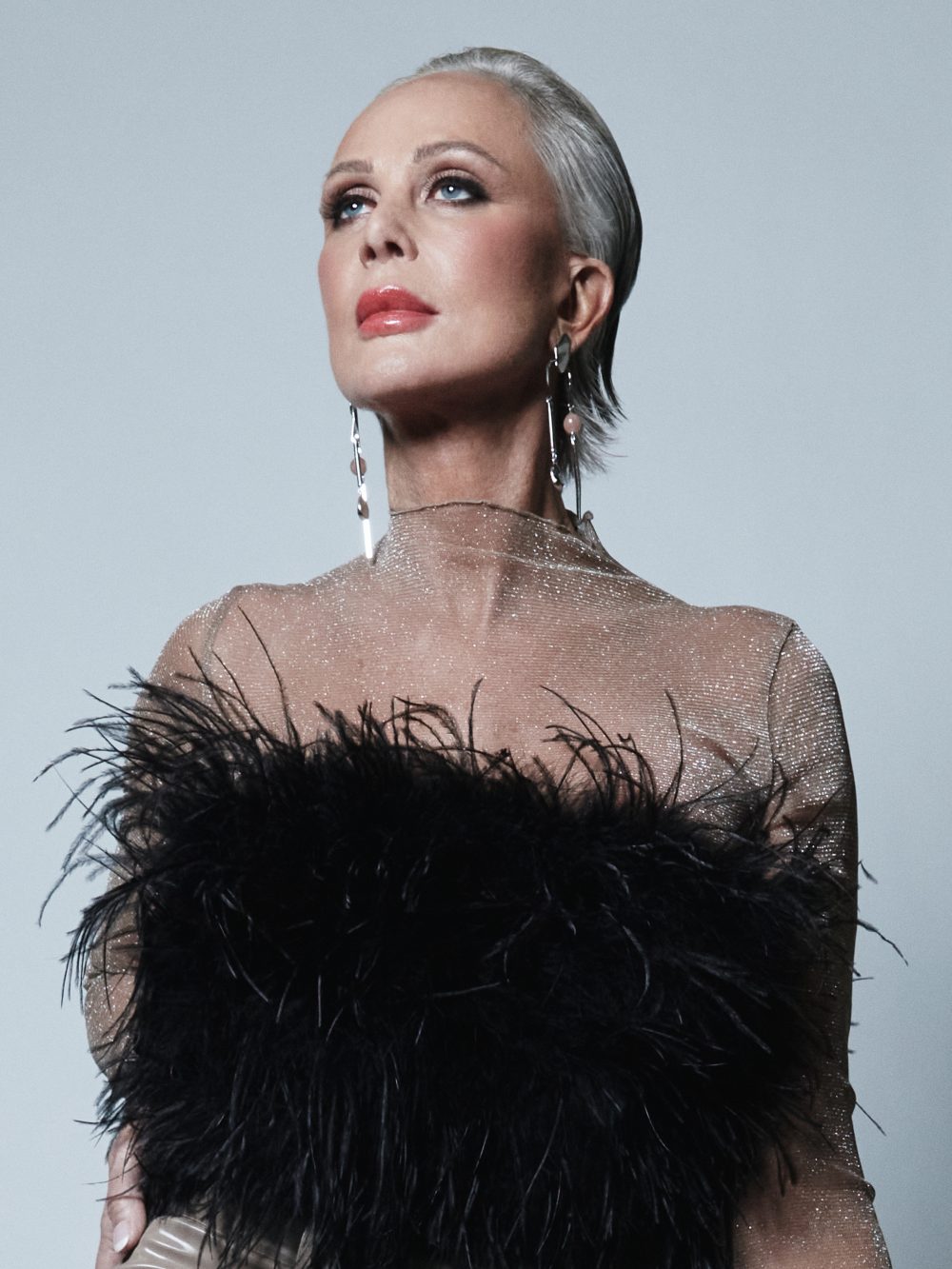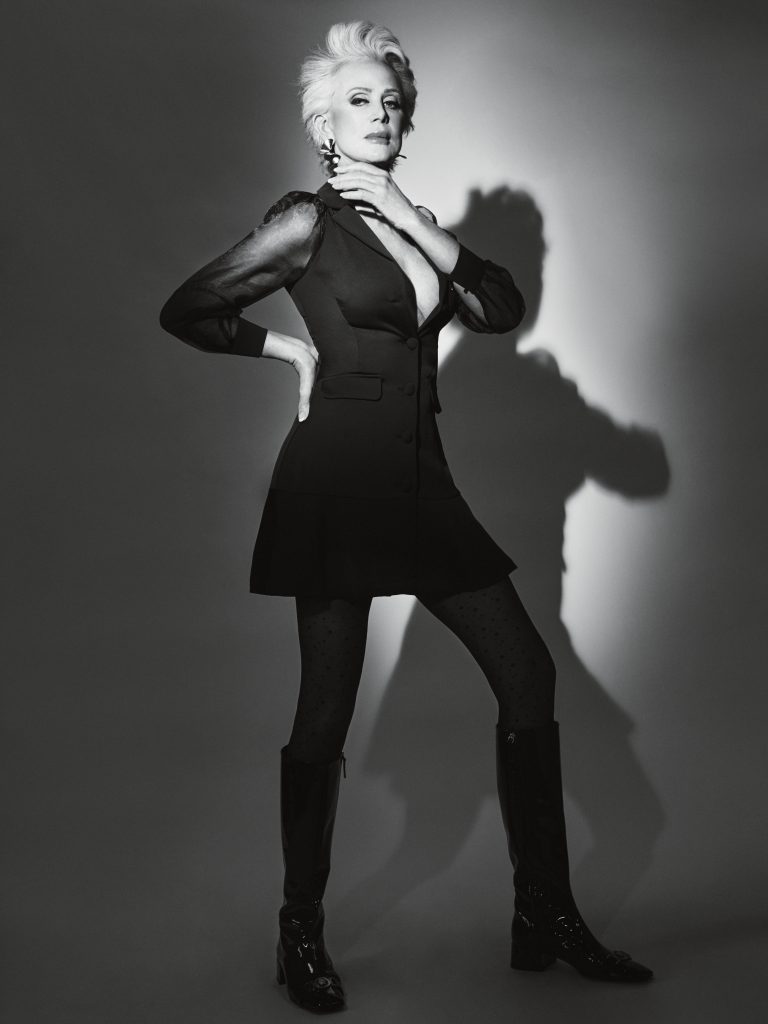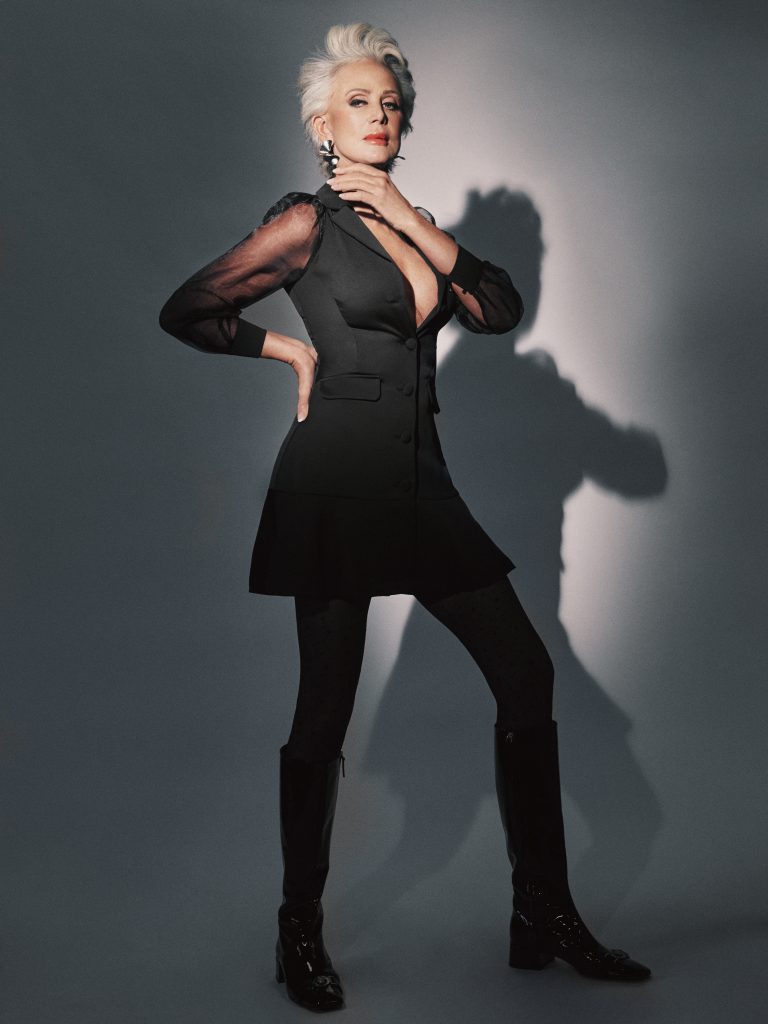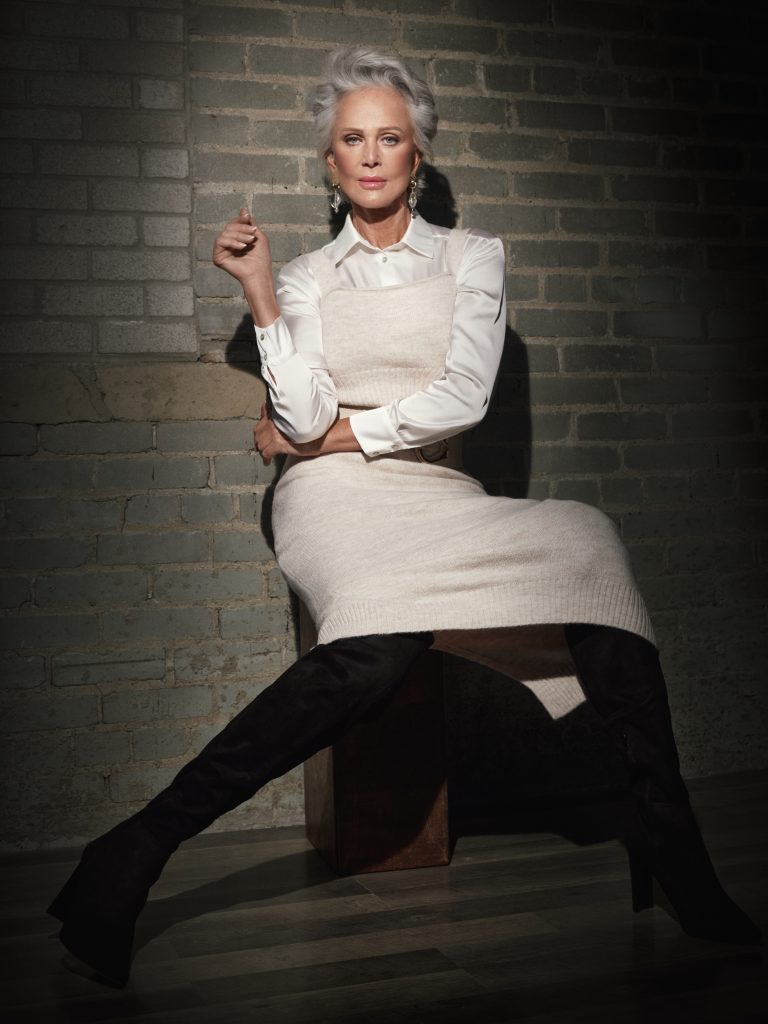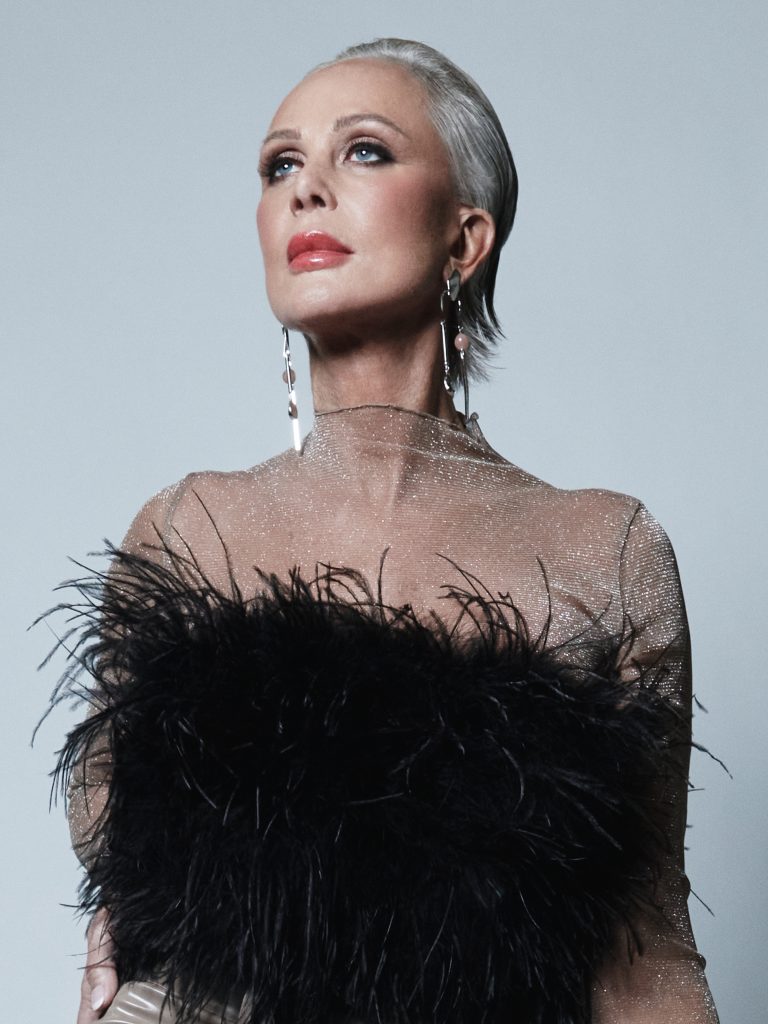It was such poor timing on my part, but the words fell from my mouth before they could be stopped, hitting her ear hard. Tears began to well in her eyes, threatening to ruin her pristine face and careful work of the makeup artist, not to mention quite possibly the mood of the shoot.
I sucked my breath in slowly, and with wide eyes, pushed away intruding images of tear stained cheeks; makeup rivers that flowed into a saltwater pool threatening to cascade down the front of her white silk blouse, to create another mess I may not be able to clean up. I blinked away the image, already thinking of an alternative top to put her in, should the need arise.
What had I done?
We were on set for the first time together, me as a stylist, her as a model, and I didn’t know how she would react.
I took a step back, quite literally, giving her space to absorb such a comment, but also metaphorically, as I sifted through the events of the past few days that led to this moment, hoping to find a reasonable explanation.
Although she had earned the comment, she also deserved a reason for it.
I wanted to understand, not only to explain myself, but for myself, what had transpired. What had culminated into this pressure of thought that could only be released in such an outburst, a stammered statement that could’ve waited for a more opportune time.
But the answer was complicated and as I searched for the words, I realized I had been waiting days to say this to her, (which would at least explain the poor timing).
But she needed more, she deserved more. A reason why I felt so strongly. There had to be an understanding between us.
Afterall, the shoot was just beginning, and we still had the rest of the day to go …
“Although she had earned the comment, she also deserved a reason for it.”
I was enchanted by Hanya, the victim of my outburst, from the moment I saw her, remotely through the images sent from her agency. A vibrant woman in her 60’s with luminous skin, curious eyes and an exuberant smile, she had an aura of confidence, palpable even through the flat pixels that comprised her image on my screen. I knew her already, not because we had ever met in person, but rather because she had lived as an ideal in my head for quite some time.
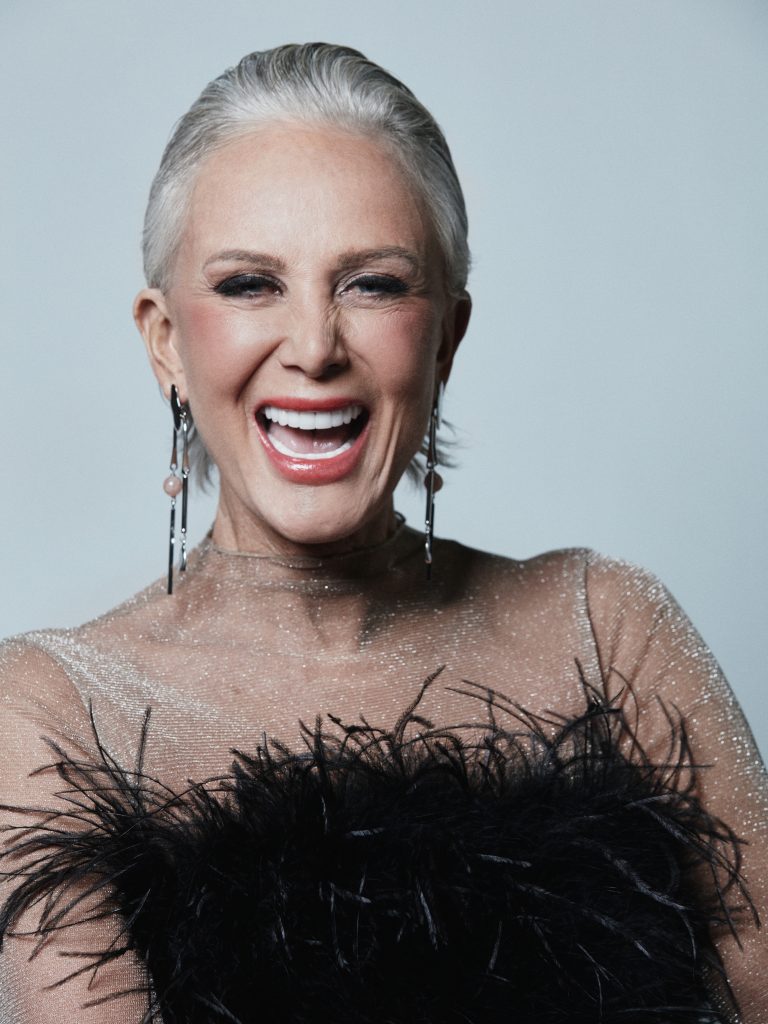
Swiftly after my twenties had expired, I started to have reservations about my declining youth. After all, it was just a matter of time. But I had always suspected, as my own years accumulated, that things only got better, as they had been getting over the years. A notion that soothed me whenever I noticed a new set of shadows under my eyes. However, I had never collected enough data on the subject to come to a concrete conclusion that completely calmed my nerves.
“What I find instead is the absence of a future to aspire to …”
It’s not that I’m not looking, I have been keeping a keen eye out for a while now. As a fashion stylist, I find myself consuming and creating media constantly, and yet verification often eludes me. While vigilantly flipping through magazine pages, working on ad campaigns and fashion editorials, scanning creative decks; even while standing in castings, scouring the room for a clue, I’m not able to find consistent data to back up this internal claim, that the best years are still ahead; that any anxiety about aging should be forgotten. What I find instead is the absence of a future to aspire to, more vividly seen than the visible proof of the present I am privy to. I admit, my optimism often wanes as I search for an example, as age continues to be highlighted only when being used to sell a product to fix it. But just like that, here she was, Exhibit A, finally the evidence I needed, staring back at me with an expression that said, “I’ve arrived”.
Hanya didn’t look like someone concerned with getting older. She wasn’t selling me something that would slow the process. She was in the process, enjoying the process. She made getting older look cool, like something to look forward to.
Anxiety over getting older is nothing new. Women have been chasing their youth for generations, in a well documented phenomenon publicly chronicled through anti-aging products, advertisements and promises. We develop an idea of what aging is like early on, well before we have any concept of maturity, watching our mother’s and making matter-of-fact statements like, “I’ll never be like her”, not knowing any better at the time.
Personally, I never looked at my mom applying her alpha hydroxy filled with self righteous thoughts of letting myself age gracefully without any help from science. Of course I was going to maintain, but I was determined that it would not be the only focus as I grew older. Afterall, time passing doesn’t just create fine lines, but also an accumulation of milestones and accomplishments, and looking younger than you are cannot be the only thing to celebrate (like, how about the fact that you’re aging at all, a gift not given to everyone).
“Hanya didn’t look like someone concerned with getting older. She wasn’t selling me something that would slow the process. She was in the process, enjoying the process. She made getting older look cool, like something to look forward to.”
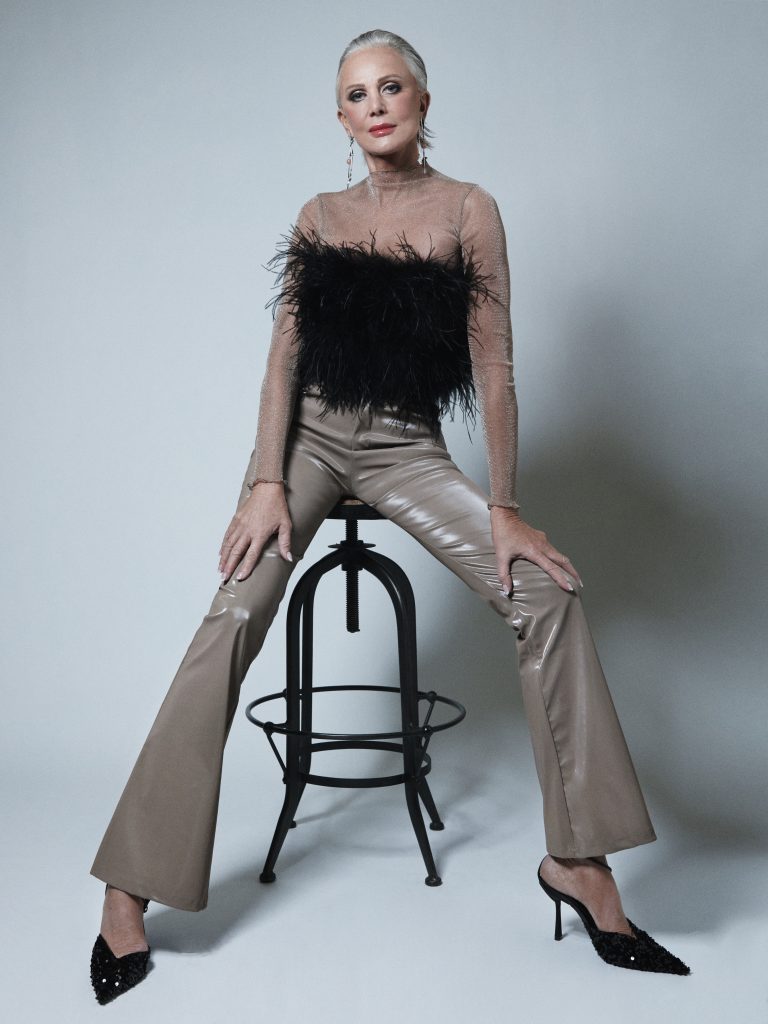
And yet, it’s still rare to see a mature woman advertising something other than a beauty product or prescription. Aging solutions shouldn’t be the only conversation we have about age, but I was beginning to believe this was forever going to be the case, as age continues to pop up in my work and in the media mainly when being used to sell a product to fix it. It’s so important that we see mature women, not just in solutions, but in celebrations, if not only for the women of the present, but for the girls who will become the women of the future, as an example to look to, a confirmation that age can be embraced rather than feared.
When the chance to work with Hanya arose, I saw an opportunity to shift the standard narrative, a recent reboot of a popular television show adding to my optimism that it was possible there was an audience out there searching for the same thing. I was also hoping that simultaneously the experience would help shift my own inner dialogue about getting older; I needed hope that came in a form other than an injectable.
We were slated to work together a few weeks after I received Hanya’s images, and despite being in the middle of another project, I immediately began to work on our shoot together. I couldn’t wait to get started, I had waited long enough.
As I built the fashion direction, pulling together mood images, adding screen grabs and typing styling notes into her deck, one thing I later noticed was never recorded; her age. My styling notes, written off to the side with little asterisks next to them, didn’t say, *Remember she’s in her sixties, some things are off limits. Instead they read, *accentuate her legs and *get something in leather. Rather than making a laundry list of what to avoid, here I was, perusing Alexander Wang, trying not to get distracted by my own interests, within the same selections that I was pulling from for a client almost 30 years my senior, her age never factoring into my choices.
” … age continues to pop up in my work and in the media mainly when being used to sell a product to fix it.”
Hanya’s age could be seen, but age itself was never a part of the story. It never came up as I perused piles of shimmering sheer turtlenecks and cropped tops, elbow to elbow with twenty somethings who assumed I was searching for myself. Or while looking for a particular double breasted suit dress with a hemline that would’ve been too short, if age was a technicality.
While in a boutique checking tags for Hanya’s size, amongst the Lamarque feathered tube tops, a young woman smiled at me as she murmured comments of how cute it was, but that she could never pull it off herself, let alone afford it as a student.
Which made me ponder, for the 1000th time, why, in theory, if the older we get, the more established we become, the more money we make, the demographic that can spend the most is seen the least in fashion ads. Is it because ‘The Rules’ won’t allow it? I remember, as a child, first encountering these ‘rules’, laid before me in a double page spread, with a bold lettered headline of, “Dressing Your Body for Every Decade”. A very informative piece of information, I learned everything I needed to know about appropriate hemlines at every stage of my life, well before I was out of my OshKosh overalls. I made a mental note to load up on shorts and mini skirts before it was too late, writing off any reason to live past the age of forty, which was like a lifetime away anyways, too far away to even care about the implications this article had on my concept of getting older. This was my first crash course in dressing an aging female body, an article likely written by someone yet to experience the phases of life they write about. Myopic to the fact that they will one day be expected to live by rules that yet apply to them, perhaps too distracted by their youth to notice.

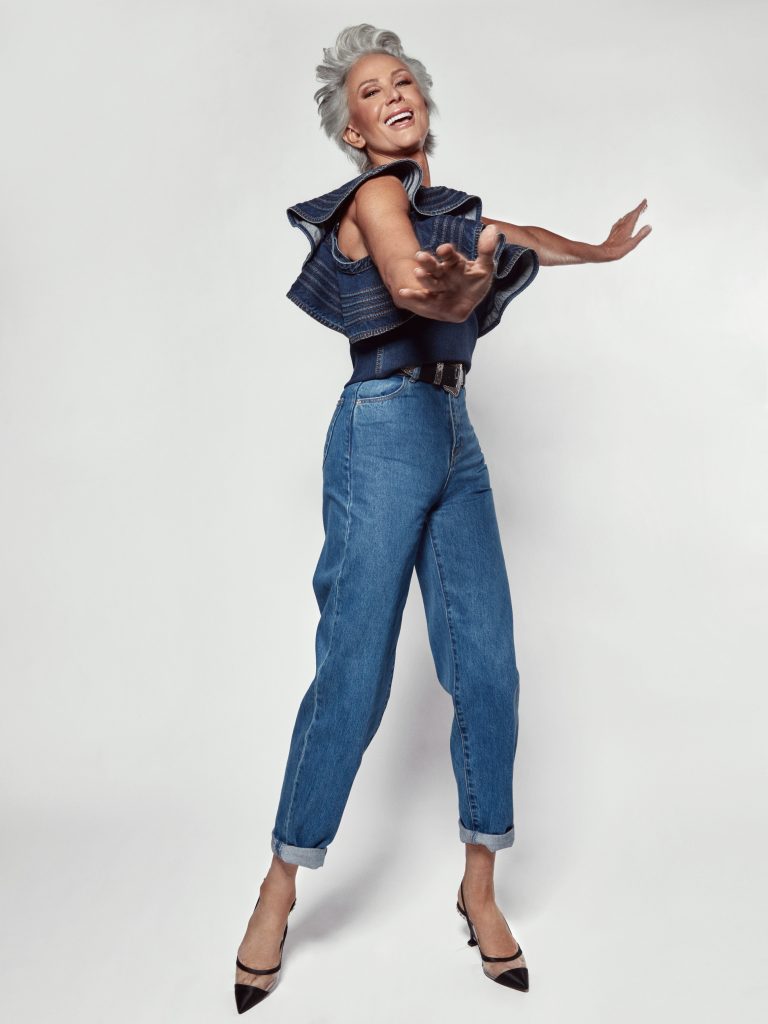
But as I later discovered, myself past the point that mini skirts were deemed acceptable in the article, a person’s appreciation of fashion doesn’t retire when they do, drying up like a finite source that depletes with every wardrobe change. To impose ‘rules’ at a time in life when there should be less of them, seems cruel, like an embedded catch 22. If anything, the older you get there should be less rules, less anxiety surrounding fashion choices. You care less about what people see, and more about how you feel.There are no uniforms to wear, no stringent office attire or the love and hate that awaits a casual Friday, anxious whether “The Force” will remain balanced through your delicately selected portions of business and casual. And yet, there they are, rules, loud and dangerously implied, benefits of a fashion club nobody signs up for, with membership renewal every decade accompanied with a new set of house rules.
Rules that between the lines say, “Hurry! Get short skirts in while you still can! and “Hide the laugh lines! Discard any evidence of a life fully lived!” As though there should only be photo documentation up to a certain point. As though nobody wants to see my bare legs past forty.
Hanya’s fashion story didn’t have rules, but it also wasn’t a story about breaking them either. Capturing a moment of time, Hanya’s story was one of the future. A future in fashion that includes a public space for enthusiasts of all ages, celebrating their present moment, wherever that moment may be in time. And whose present moment can be hope for someone else’s future; a hybrid role model.
“And yet, there they are, rules, loud and dangerously implied, benefits of a fashion club nobody signs up for, with membership renewal every decade accompanied with a new set of house rules.”
Someone’s present moment can be hope for someone else’s future, aspirational as we call it in fashion advertising. So instead of a heavy looming presence, why can’t aging be more aspirational? After all, it is inevitable, if we’re lucky enough.
” … why can’t aging be more aspirational? After all, it is inevitable, if we’re lucky enough.”
Outside of altruistic musings, representation of mature women in fashion is minimal to say the least, although by the time most women retire, they will have multiple times the buying power of their younger counterparts. This is a demographic that spends, yet remains unseen in the very advertisements they purchase from. From an outside perspective, arriving can look a lot like dismissal. Already more than halfway to my own farewell, Hanya gives me hope that I won’t fade from relevancy, like mainstream will have me believe. At the end of the day, or rather the end of a career when retirement is near, don’t we all want to remain seen in a world we helped create, long after we’re still “working” to create it?
Fashion tends to respect it’s creative contributors at every age and stage, a powerful cycle continuously at work, paying homage to the past that helped to create the present. The same present that will subsequently create the future of fashion, a cyclical pattern seen within every season’s collections. And yet a cycle fashion tends to ignore in advertising, typically only focused on present tense youth. And so the youth stake their claim on fashion ground, leaving little space left for the rest.
Not long after Hanya and I exchanged handles, a woman made a comment in reply to my previous response on a photo of Hanya. She said, “Hanya is an inspiration to every woman 50+.” I quickly responded with my agreement. “Yes, absolutely” and added, “Not just to every woman 50 +, but every woman who will be 50+ one day.”
Thank goodness for the Hanya’s of the world. The Irises and the Sharons. The SJP’s, the Judies and the Betties. Who offer a glimpse of the full story, not just the beginning of it.
These were all the thoughts I yearned to articulate, but instead stammered out, forcefully directed towards the very person who had inspired me to have them.
Going back to that day on set, I can still feel the energy of the air. Everything had gone quiet. Hanya sniffled a little. I took another deep breath, calmer this time, looking her in the eye, I said.
“You are the future of fashion.”
I didn’t know Hanya would have such a strong reaction. I theorize that it was all the work she has done over the years, not in maintaining herself but in becoming herself, not just in her body but creating her own narrative in a world that would otherwise have her believe she is irrelevant. I can’t imagine the noise she has to block out while also hearing nothing about aspirational aging while working in an industry that offers little support. She mentions in passing that day on set, that she turned comments off her posts after a barrage of mean remarks, many of which said she was too old to be doing what she was doing.
Which is exactly why I said what I said. With no intention to cause tears, I meant it as a compliment, that also bears the weight of responsibility, to change the narrative. A narrative that can be changed in time for our own future. Because Hanya is not just a representation of what the future landscape of fashion should look like, but of the reality of our own impending future, a future that I want to look forward to.
And the future is created in the present.
All images captured by Valerie Burke, Hanya’s makeup + hair by Matthew King, Fashion Styling + Direction by Felicia Ann Ryan, Hanya is represented by Chantale Nadeau
